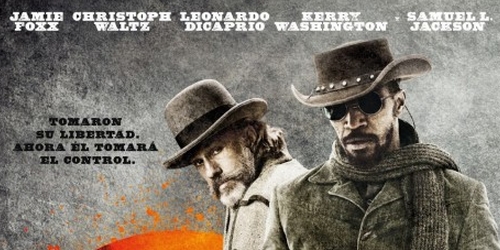
Editor’s Note: In anticipation of Quentin Tarantino’s Django Unchained (which hits theaters tomorrow), this Quick 5 list comes from our good friend Mark Walters of BigFanBoy.com. Here Mark offers up a sort of “Spaghetti Western 101” to all of us who are a little dusty when it comes to the classic gunslingers. This quick but concise list of required reading will be sure to make Django more enjoyable walking into Quentin Tarantino’s latest live-letter genre film.
Director Quentin Tarantino is unleashing DJANGO UNCHAINED in theaters on Christmas Day, which in may ways is his love letter to Hollywood Westerns. Being a fan of that genre, and aware enough to spot some of his more obvious influences in the production, I thought it would be a good idea to list off a few Western movies worth checking out before seeing Tarantino’s newest effort. Some of these may be familiar, while others may be unknown to ya, but all of them are entertaining entries in the genre. I want to add, these aren’t necessarily my personal favorites, but rather films I think are worth a watch to understand Quentin’s mindset while making the new movie. Perhaps the only character in the new production not taken from any specific classic role is Jamie Foxx’s “Django”, who while sharing a well-known Western name is much more of a unique take for a boot-clad hero. Check out the list below, and tell us in the comments what your favorite Westerns are and why.
—————————————————————————————————————————————————————————————————————————————————————
5. FOR A FEW DOLLARS MORE (1965) also known as “Per qualche dollaro in più” – Many movie fans would say the best of the Clint Eastwood/Sergio Leone “The Man With No Name” trilogy was THE GOOD, THE BAD AND THE UGLY, but ask a lot of Western afficionados and they’ll tell ya the pinacle is the second installment. While certainly not a stranger to the genre, it was the introduction of Lee Van Cleef to Leone’s universe, and we’d see him again as a different character in the third outing. Eastwood delivers the right amount of brooding cool in this installment, and the film itself is tighter and more cohesive than the ones that came before and after it. As much as I love Eli Wallach in THE GOOD, THE BAD AND THE UGLY, Van Cleef is a better and more effective villain here, and the tone of the piece is more balanced. “The Dollars Trilogy” can be argued until dawn, as each will have their own personal favorite for a variety of reasons – this is my choice for the best of three.
—————————————————————————————————————————————————————————————————————————————————————
4. BUTCH CASSIDY AND THE SUNDANCE KID (1969) – sometimes in Hollywood, pairing the right actors together can really make all the difference – Paul Newman and Robert Redford could be the basis of that thesis. In the George Roy Hill classic, you could almost throw the script out the window and just watch these guys play off of one another for two hours. Roger Ebert disliked the production, criticizing its pacing and calling it “too cute.” While it’s not one of my favorites of the genre, it makes the list because it did define itself as a classic take on Western storytelling. There’s at least one moment in DJANGO UNCHAINED that borrows its execution heavily from it, and while unexpectedly “cute” it somehow works… that actually kind of sums up the entire production of this movie.
—————————————————————————————————————————————————————————————————————————————————————
3. ONCE UPON A TIME IN THE WEST (1968) also known as “C’era una volta il West” – There’s so much to like about Sergio Leone’s masterpiece that it’s hard to sum up in a single paragraph. Charles Bronson as the harmonica-playing stranger is silently engaging, and the always wonderful Jason Robards is great as the ambiguous voice of reason in the rough-riding proceedings. There’s also few women of this era more beautiful and breathtaking than Claudia Cardinale, who guides the piece through its 175 minute running time – none of which is ever boring. But it’s Henry Fonda that steals the show, as the truly evil baddie known simply as “Frank”, going very much against type from the first moment we see him. Leone never had a better ensemble to work with, and the end result is damn near perfection. Some people argue which of Leone’s works are better than others, and while many say The Man With No Name trilogy is his most notable effort, I contend this is his crown jewel. You may notice a lot of similarities to Robards’ “Cheyenne” character and Christoph Waltz’s “Schultz” character in DJANGO UNCHAINED, and I hardly think that’s coincidence.
—————————————————————————————————————————————————————————————————————————————————————
2. MY NAME IS NOBODY (1973) also known as “Il mio nome è Nessuno” – Terence Hill was an Italian actor that many called the Spaghetti Western answer to Franco Nero’s absence. If you can get past the obvious dubbing (the voice used for Hill is very likable, but the syncing leaves a bit to be desired), he becomes a very endearing answer to the nameless stranger motif. MY NAME IS NOBODY also marks the last time Henry Fonda starred in a Western, and it should be noted that while Tonino Valerii directed the film, the great Sergio Leone actually directed the opening sequence with Fonda, and it’s pretty damn cool. Couple that with a fantastic and lighthearted score by Ennio Morricone, and you have a quintessential Western that does anything but take itself too seriously. Some might call it silly, I just call it solid fun.
—————————————————————————————————————————————————————————————————————————————————————
1. DJANGO (1966) – The original that started it all (at least as far as the “Django” name is concerned). Franco Nero helped kick off the character in Sergio Ruggero’s arguably inspirational Western. Some might look at the film as a low budget hack job with a slightly memorable lead, while others may see it as making the most out of a modest budget. Personally I think there’s enough fun stuff going on in the piece to solidify its cult status (the introduction of what’s in the coffin is a wonderful scene), and Nero looks great as the anti-hero. There’s also Loredana Nusciak as the leading lady, who looks like she walked off the set of a James Bond film and jumped into period clothing. There’s unexpected twists and turns, and some rather brutal violence, especially for the era in which is was released. DJANGO is in many ways more of an “exploitation” film than a true Western, but it’s clear to see why Tarantino took such a liking to this. Outside of the obvious nods in DJANGO UNCHAINED, you’ll also notice at least one scene that clearly inspired one of the most memorable moments in RESERVOIR DOGS. I should also note the Blu-ray transfer is pretty incredible, and makes this a must-own for any Western collection.
—————————————————————————————————————————————————————————————————————————————————————
BOSS NIGGER (1975) – Yes, the title is offensive, but get past that for a moment. The great Fred Williamson stars in this tale of black bounty hunters… hmmm, and DJANGO UNCHAINED has Jamie Foxx becoming a black bounty hunter. Coincidence? It also came along at a time when Blaxploitation movies were rather popular, and Tarantino is absolutely a fan of those types of films. The movie is cool for a variety of reasons, but mainly because it does an admirable job of making race a big part of the story while at the same time ignoring it. You may also notice the excessive use of the “N” word in the film, which is something DJANGO UNCHAINED will undoubtedly become famous for as well.
NAVAJO JOE (1966) – Sergio Corbucci directed this the same year he released DJANGO. While not the best Western movie out there, it has some considerable things going for it. The odd but memorable score by Ennio Morricone is pretty great (you heard part of it in KILL BILL Vol. 2), and Burt Reynolds is an interesting attempt for the lead, definitely playing off the concept of a TV actor (which Reynolds was at the time) making a switch to movies (which Eastwood did with Leone). Tarantino even cites this as an influence, though I went with the original DJANGOfor the list.
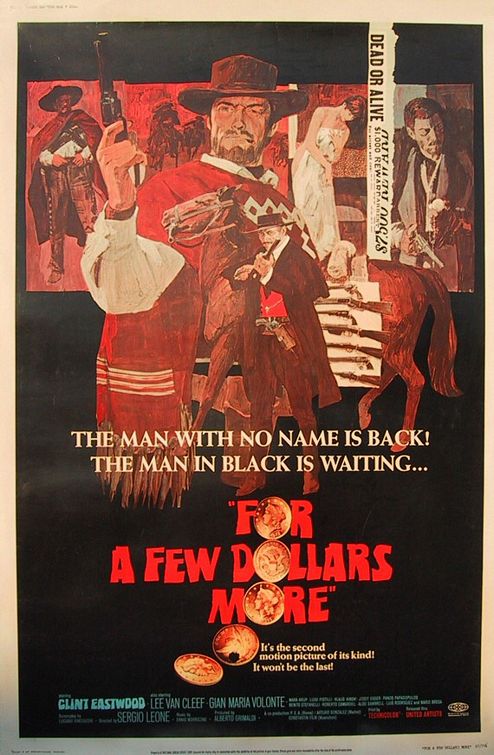
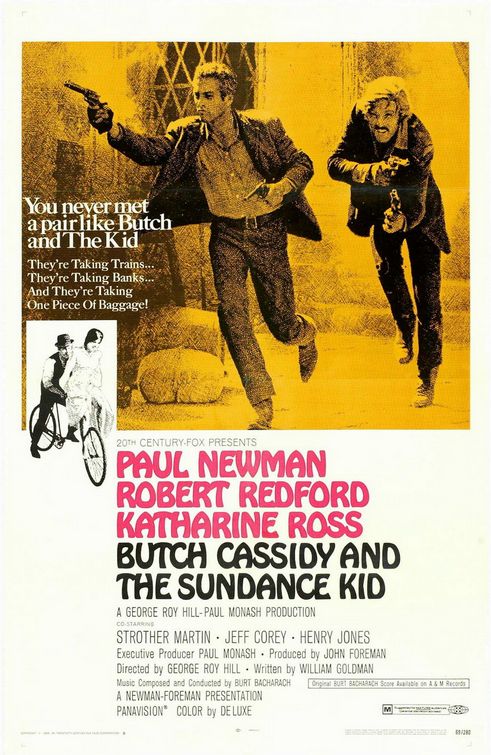
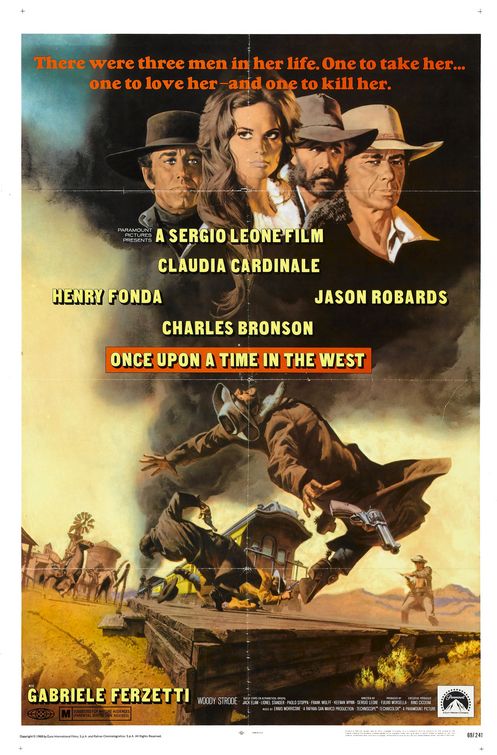
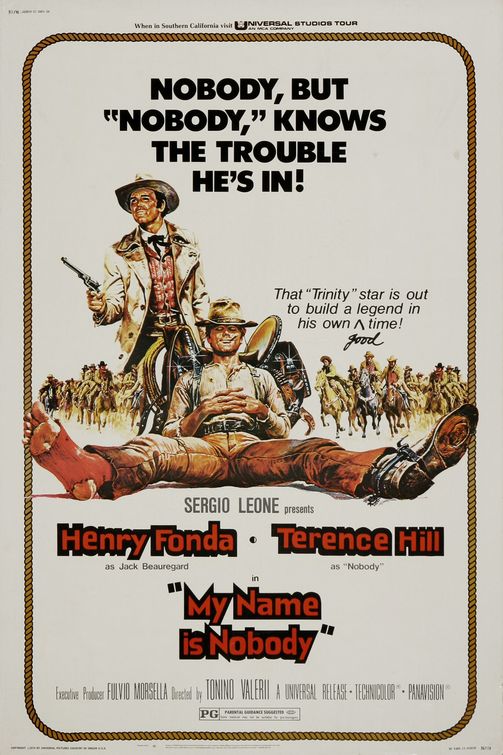

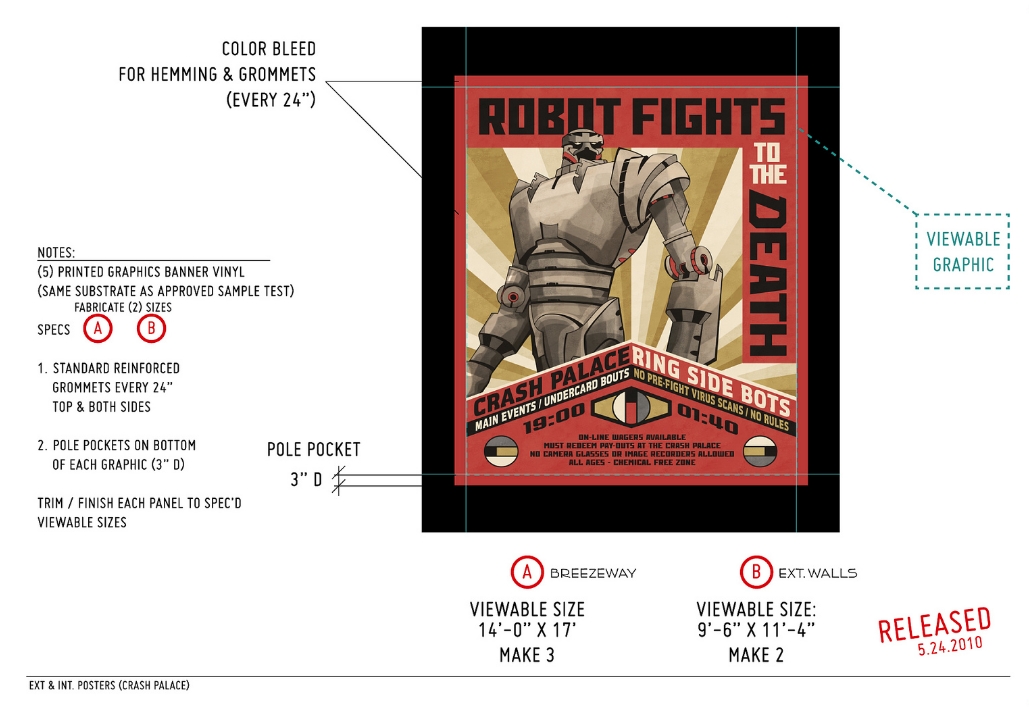
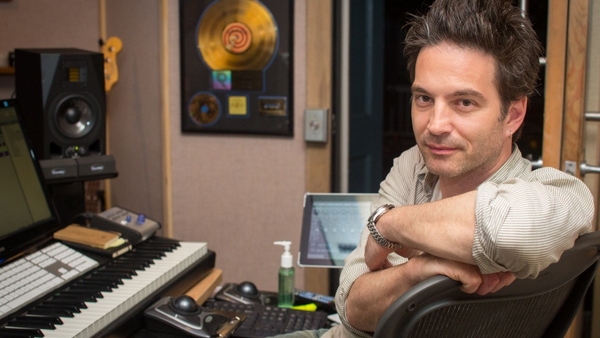
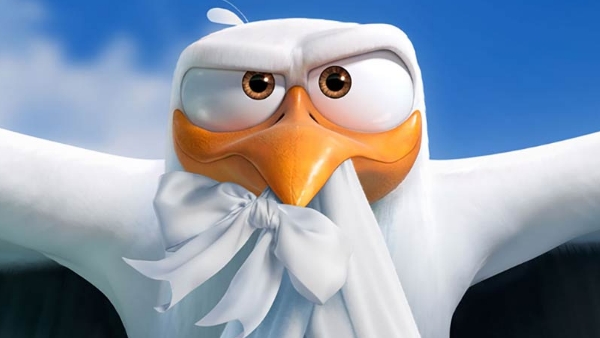
2 Comments
Andrew Crump
I wholeheartedly agree with each of these picks– particularly Once Upon a Time in the West, and of course Django which is a “duh” given but one that can’t be over-emphasized because it’s frigging Django— but I’ve got a couple of my own, too!
Keoma— okay, so I’ve championed this a bunch on this site already, but it’s my favorite Franco Nero film no matter how good he is with Corbucci. Castellari ain’t no Corbucci, but he’s still a damn fine filmmaker, and Keoma proves it by pushing artistic and genre boundaries. Plus: Woody Strode! Come on!
Companeros— back to Corbucci, I’ve long felt that this flick has gotten overlooked in his filmography just because of how prominent and essential Django is. Still, it’s great, and worth a look. The more Nero, the better!
Tex
Pretty heavy on the spaghetti influence here, which is to be expected. You might want to give a look at The Professionals. Claudia Cardinale was in it, too, and it’s got Lee Marvin, Burt Lancaster and a crew of “professionals” heading into old Mexico on a rescue mission. Lots of gunplay after the Mexican Revolution, and a very under-rated and overlooked western, IMHO>